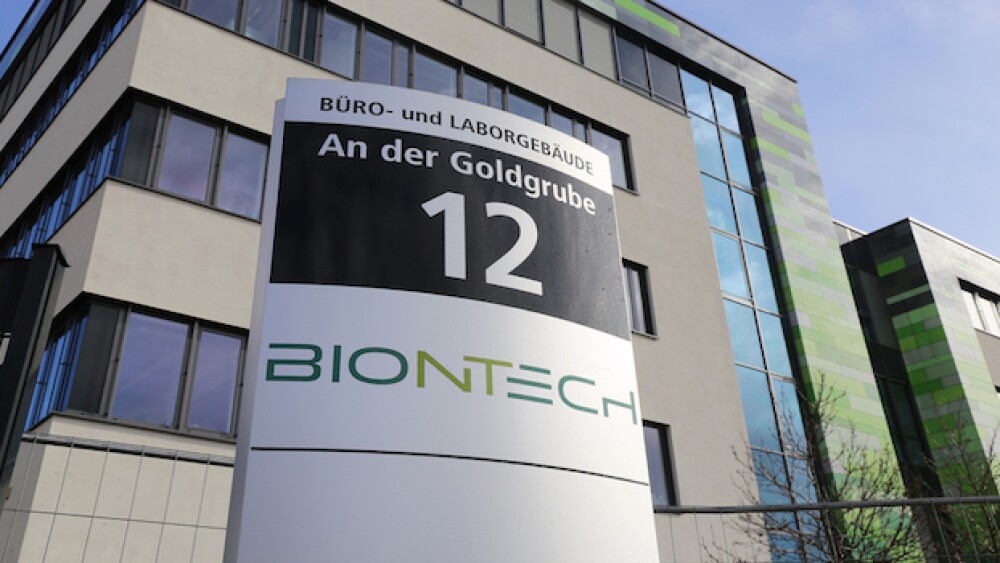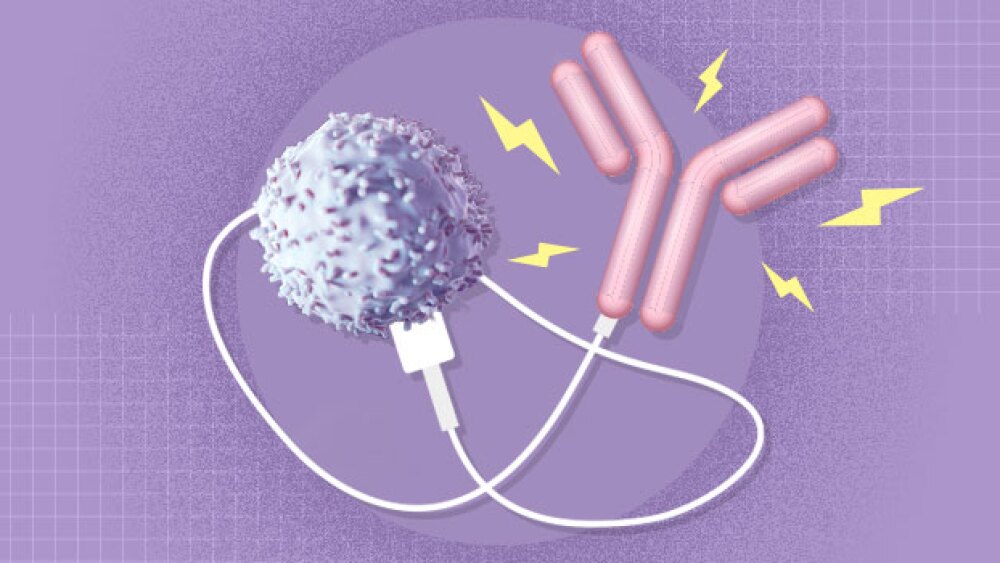PDS Biotechnology Corporation announced that it has reviewed limited available patient clinical outcome data from its previously reported Phase 1 study.
- 60% of evaluable patients demonstrated a clinical response Clinical activity observed at all dose levels
- Data support previously reported in-vivo induction of active HPV-specific (granzyme B-inducing) CD8+ (killer) T-Cells in patients
- Plan to initiate three Phase 2 studies for PDS0101 starting in 1Q 2020
BERKELEY HEIGHTS, N.J., Sept. 19, 2019 (GLOBE NEWSWIRE) -- PDS Biotechnology Corporation (Nasdaq: PDSB), a clinical-stage immuno-oncology company pioneering the development of novel immunotherapies, today announced that it has reviewed limited available patient clinical outcome data from its previously reported Phase 1 study. In the study, 60% of evaluable patients had a clinical response (as defined below). The primary focus of the study was safety and evaluation of immune biomarkers resulting from administration of Versamune-based PDS0101 in patients with cervical intraepithelial neoplasia (CIN) infected with multiple high-risk, cancer-causing types of human papillomavirus (HPV). These newly-available clinical data are the result of a post-hoc follow up which was not part of the protocol design. The novel Versamune mechanisms of action and the resulting unique regression of advanced preclinical tumors were recently published (Journal of Immunology, Vol. 202, Issue 1215 June 2019).
The Phase 1 clinical trial was an open-label, dose-escalating study that included 12 patients; 3 receiving a 1mg dose, 3 receiving a 3 mg dose, and 6 receiving a 10mg dose. All 12 patients completed three doses of PDS0101. As previously reported, no dose-limiting toxicities or long-term safety concerns were observed.
PDS0101 was immunologically active at all three doses and resulted in a strong increase (5 to 73-fold) in circulating HPV disease-attacking T-cells in 10/12 subjects, quantified by either INF-γ or granzyme-b ELISPOT studies of blood drawn approximately 14 days after subcutaneous injection. The potentially unique ability of PDS0101 to safely generate high levels of circulating, granzyme-b inducing (cytolytically active) CD8+ (killer) T-cells prompted a retrospective evaluation of clinical outcomes.
PDS received limited follow-up clinical data from eleven out of the twelve patients and was able to review the source data reported for all but two of these patients (both in the 10mg dose group and whose data were reported by correspondence from the investigator). The clinical results were evaluated and reported by the respective physicians/principal investigators outside the scope of the Phase 1 trial protocol and were not evaluated at specific predetermined times after treatment. Clinical response (regression/ elimination of CIN) was determined by cytology or colposcopy as available from individual investigators.
Clinical responses were observed in 60% of evaluable patients across the three tested doses. Of note, the timing of the responses, seen as early as 1-3 months after treatment in some patients, suggests a potential correlation of the immunologic and clinical responses with the administration of PDS0101. Consistent with the preclinical data, these data suggest that PDS0101’s potent induction of type I interferons with antigen cross-presentation may lead to broad and effective CD8+ T cell activity, and suggests the potential for a rare combination of clinical potency and safety among immune-oncology therapeutics.
Dose Cohort
Evaluable Patients*
Clinical Response 12 Months Post Treatment**
N =
N =
% of Evaluable
1mg
3 of 3
2
67%
3mg
2 of 3
1
50%
10mg
5 of 6
3
60%
Total
10
6
60%
*Two of twelve patients were not evaluable: one patient, who demonstrated a strong immune response, was lost to follow up and another received LEEP excision therapy (standard of care)
**Two of ten evaluable patients who had clearance of CIN by cytology were not considered as clinical responders: one patient regressed from CIN to atypical squamous cells of undetermined significance (ASCUS) with detectable virus, and the other showed consistent disease elimination by cytology, but showed residual disease by colposcopy
“The exciting translation of the Versamune-induced immunological mechanisms from animal to human studies support the planned Phase 2 trials to be initiated in the first quarter of 2020 in cancer and CIN2/3 patients with well-defined HPV type infections,” said Dr. Lauren V. Wood, M.D., PDS’ Chief Medical Officer.
Starting in the first quarter of 2020, PDS anticipates initiating three studies:
- A Phase 2 study to evaluate PDS0101 monotherapy in CIN2/3.
- A Phase 2 study in collaboration with Merck and Co. to evaluate PDS0101 in combination with KEYTRUDA in the treatment of HPV16-positive head and neck cancer.
- A Phase 2 study to evaluate PDS0101 in combination with two other novel clinically tested immunotherapies in advanced HPV-associated cancers to be conducted by the National Cancer Institute (NCI) as a result of the NCI’s independent preclinical testing of the combination.
In addition, PDS is continuing to advance a pipeline of similar Versamune-based antigen-specific immunotherapies targeting prostate, colon, lung, breast and ovarian cancers and melanoma.
About the Versamune Platform Technology
Versamune is a proprietary, synthetic lipid-based T-cell activating platform. PDS Biotechnology’s pipeline of Versamune-based products, which are administered by subcutaneous injection, provides strong activation of type I interferon genes. The Versamune mechanism of action also involves effective presentation of tumor antigens via the MHC Class I and Class II pathways. These mechanisms together promote strong in-vivo induction of polyfunctional tumor-targeting CD8+ T-cells. Versamune-based immunotherapies have been demonstrated to alter the tumor micro-environment in preclinical mechanism of action studies, thus further enhancing the ability of Versamune-induced T-cells to effectively kill tumor cells.
About PDS Biotechnology and PDS0101
PDS Biotechnology is a clinical stage immuno-oncology company with a growing pipeline of clinical-stage immunotherapies to treat various HPV-associated cancers, including head and neck cancer, cervical, anal, prostate, breast and other cancers. PDS0101 includes the Versamune immune-activating platform and a mixture of HPV16 E6 and E7 peptide antigens designed to induce cytolytic T cell responses against HPV expressed in patients with HPV-associated pre-cancers and cancers.
About HPV-related Cancer and CIN1
Human papillomavirus (HPV) infection is responsible for over 99% of cervical cancers, and the majority of head and neck cancers and anal cancers. HPV is also the most common viral sexually transmitted disease in the United States. HPV is unequivocally linked with cervical preneoplastic lesions, categorized as cervical intraepithelial neoplasia (CIN) of various degrees, with the low grade disease being categorized as CIN1. It is reported that spontaneous regression of CIN1 occurs in about 44% of patients within 2 years (Stefani C. et al, 2014, European Review for Medical and Pharmacological Sciences, 18: 728-733).
For additional information about PDS, please visit www.pdsbiotech.com.
Forward Looking Statements
This communication contains forward-looking statements (including within the meaning of Section 21E of the United States Securities Exchange Act of 1934, as amended, and Section 27A of the United States Securities Act of 1933, as amended) concerning PDS Biotechnology Corporation (the “Company”) and other matters. These statements may discuss goals, intentions and expectations as to future plans, trends, events, results of operations or financial condition, or otherwise, based on current beliefs of the Company’s management, as well as assumptions made by, and information currently available to, management. Forward-looking statements generally include statements that are predictive in nature and depend upon or refer to future events or conditions, and include words such as “may,” “will,” “should,” “would,” “expect,” “anticipate,” “plan,” “likely,” “believe,” “




